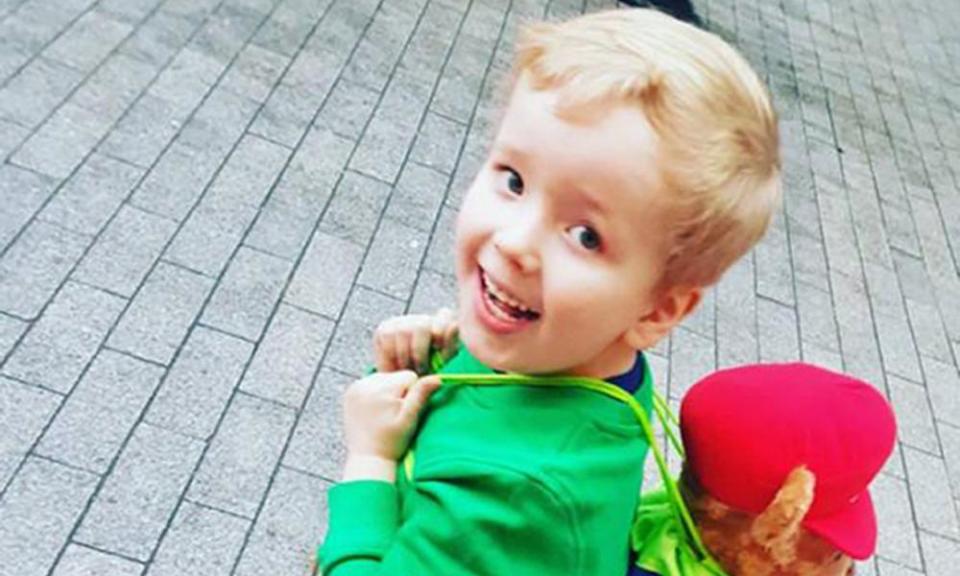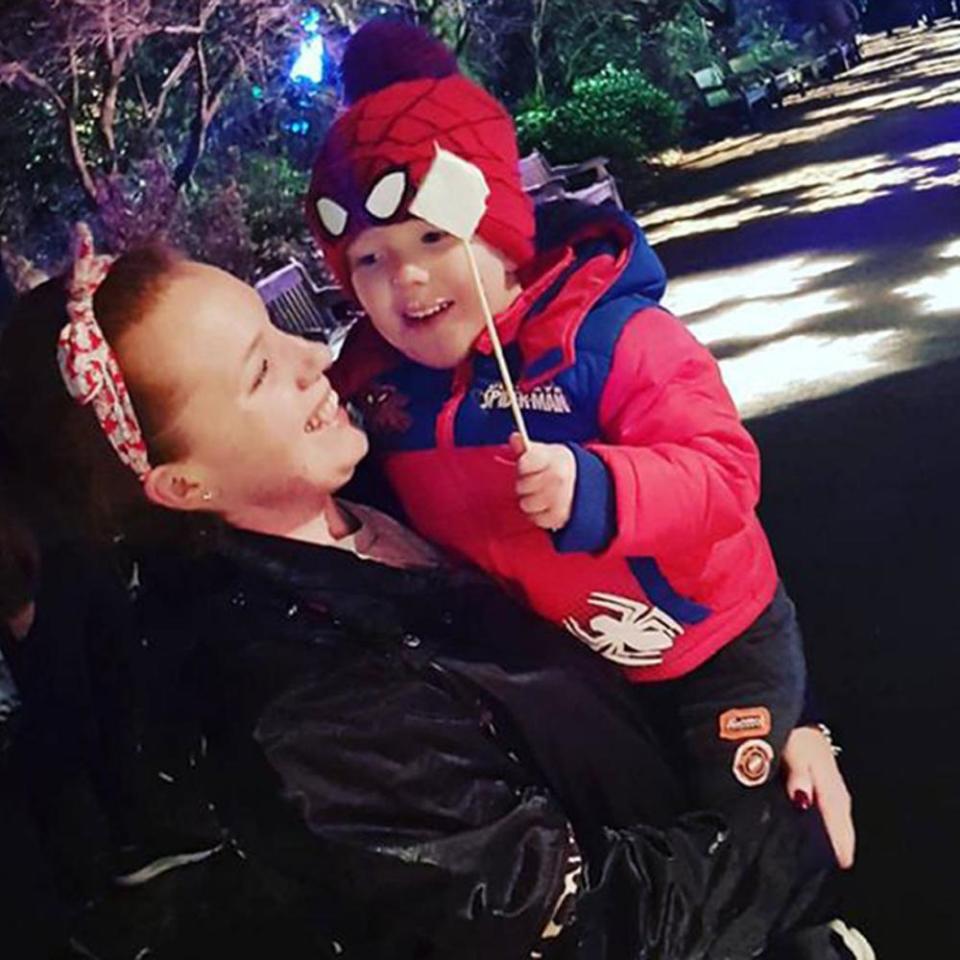Sometimes the most caring thing to do is to remove a child from their family

Sometimes, a news report is so horrific you know it will haunt you forever. So it is with the story of Arthur Labinjo-Hughes, the six-year-old tortured to death by his stepmother and father. Starved, poisoned with salt, forced to stand for 14 hours at a time and subjected to punishment beatings: Arthur went from a happy, healthy young boy to a child broken by abuse within months of moving in with his stepmother.
Experts have worried about the impact of the pandemic on child abuse: more children at home with abusive parents and without the safety valve of school and fewer interactions with extended family. But a shocking thing about this case is that several loving relatives raised the alarm with social services, the police and his school. Arthur was old enough to talk about what was happening to him and he did. But his voice and the anxieties of the adults around him went unheeded; a social worker concluded after a brief visit that there were no concerns. The review of what went wrong is yet to be published but there is no doubt Arthur was catastrophically failed. It may seem jarring to move straight from the distressing details of his case to the lessons for the system in which it happened. But we must.
Every time a horrific case of child abuse surfaces – Victoria Climbié, Peter Connolly, Daniel Pelka, Keanu Williams – the immediate reaction is “never again”, only for the public gaze to slip away. Sentiment swings wildly between “more must be done” and emotive newspaper campaigns against over-interventionist services.
Sentiment swings wildly between ‘more must be done’ and campaigns against over-interventionist services
This oversimplified narrative fails children, but it takes place even among those who should know better. There is no decision more intrusive that the state can make than to remove a child from his or her parents. These high stakes impede the sophisticated conversation about child protection that is needed. Arthur’s case involved unusual levels of cruelty, but last year alone there were 482 serious incidents reported where a child died or experienced serious harm and abuse or neglect was known or suspected. Thirteen children died as a result of filicide, 22 from physical abuse and 20 related to maltreatment. Serious harm and abuse are not one-off incidents – they are the product of escalating patterns of behaviour. More of these deaths should be preventable.
If there is no state decision more intrusive than removing children, then there are few public service jobs that are as difficult or highly skilled as social work. Social workers have to make finely balanced risk assessments about what is in a child’s best interests with unthinkably huge consequences. Reducing this to box-ticking or simple rules is a recipe for bad decision-making.
Social work involves supporting families to provide the best possible home for their child, but also investigating parents suspected of harming or neglecting their child. Sometimes, it will be obvious, sometimes not. As Lord Laming pointed out in his 2009 review of child protection after the death of Peter Connolly, abusive parents can be incredibly deceptive in appealing to social workers’ natural sympathies.

It is wrongheaded to look at raw numbers of children in care – as many do – to argue that the state is too interventionist. There are big variations in numbers between different councils with similar deprivation profiles. Low rates of children in care can be a sign that children’s services are performing excellently, as in Leeds, where a decade-long early-intervention plan means there is less need to take children into care. But they can also be a sign of councils with no such plans are missing children seriously at risk.
It takes outstanding leadership to move from the latter to the former. Yet a simple system-wide narrative that suggests there is too much intervention – the head of the government’s review of social care, Josh MacAlister, recently spoke of the “runaway train” of child protection investigations – risks signalling that councils should show restraint. That jars with the many professionals who say, in their experience, too many children are left in abusive situations for too long. Martin Barrow, an experienced foster carer told me that carers in his network are seeing children coming to them with increasing levels of need in the last five to 10 years.
Cuts to mental health, domestic abuse and substance abuse services have put children at risk. That is a political choice
Two other factors shape local decision-making. The first is the strain on the system as a result of shrinking resources. How can social workers do their jobs well when some have caseloads of 30 or more? Cuts to other support services over the last decade – mental health services, domestic abuse services, substance abuse services – have put more children at risk. That is a political choice.
Second, there are some well-meaning but misplaced beliefs in some parts of the profession that can undermine timely intervention. There is the idea that care is to be avoided at all costs because it is detrimental to a child’s interests. There is so much about the care system that needs to be improved: the shortage of foster carers, the lack of stability for children and young people, the cliff edges as support drops off as they get older. But the very poor outcomes experienced by children in care highlighted by the care review’s interim report must be put in the context of the very poor outcomes suffered by children experiencing neglect and abuse in their family home. In fact, evidence suggests that a timely move into care is associated with better educational outcomes.
Related: Arthur Labinjo-Hughes: abuse cases missed due to cuts, Climbié inquiry chair says
What’s more, there can be a very human sense of overoptimism in social workers that abusive and neglectful parents can do better if only given a bit more time and support. Of course as much should be done as possible to enable parents to provide a safe home for their children. But this is often expensive, intensive work, not the light-touch support group you might think from reading some reports and it is not always appropriate.
Research on returning children to the care of their parents suggests that, in too many cases, it is to the detriment of the child. There is a danger that a laudable emphasis on early intervention moves into emphasising a parent’s support needs over a child’s safety. The sad truth that underpins child protection is that the wish to support parents and to protect the child are not always in harmony.
• Sonia Sodha is an Observer columnist

 Yahoo Finance
Yahoo Finance 